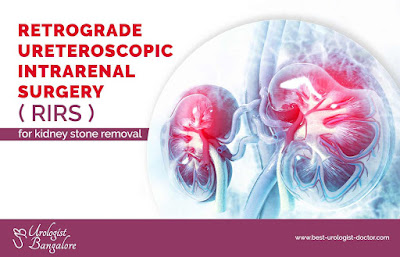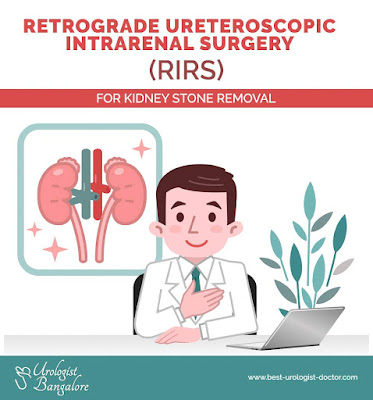Just like cancer on any other part of the body, when the lining cells of the bladder grow in a disordered, uncontrolled way to form a mass, it is called bladder cancer. Bladder cancer can be successfully managed when detected early. Certain symptoms may be suggestive of bladder cancer like blood in the urine which may or may not be associated with pain. The urine will appear pink, red, or brownish in color depending upon the amount of blood discharge. Other symptoms that have to be noticed are urinary irritation, increased urge to urinate, pain or burning sensation while urinating, or sometimes even difficulty passing urine.
In case you experience any such symptoms, it is important to have a detailed medical check up including urine analysis, urine cytology, cystoscopy, imaging tests like ultrasound, CT scan, MRI scan etc. as soon as possible. Treatment for bladder cancer depends on the stage of cancer, type and the overall health of the individual. Some options are:
- Surgical removal of the tumor cells
- Chemotherapy and Radiation therapy to destroy cancer cells
- Immunotherapy to boost the body’s ability to fight cancer
Later stages of bladder cancer may present greater challenges for the patient as well as the medical team. Thus, it is important to diagnose it at an early stage. It should also be remembered that bladder cancer has the risk of recurrence and should always be followed up at regular intervals to prevent remission.















